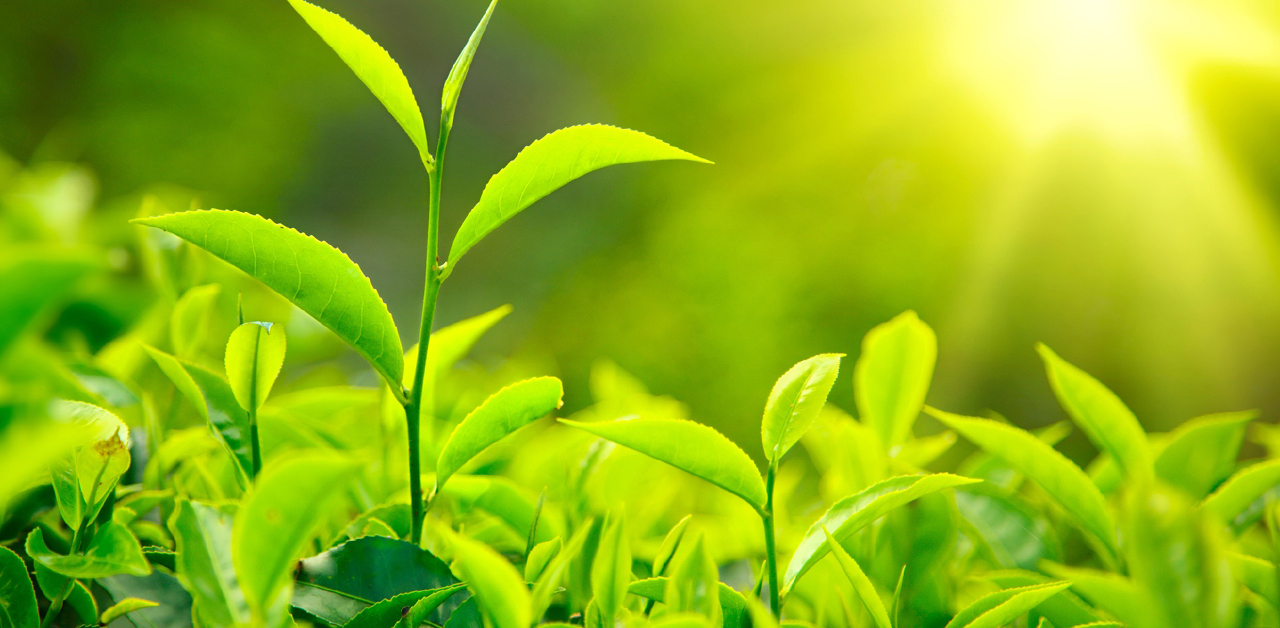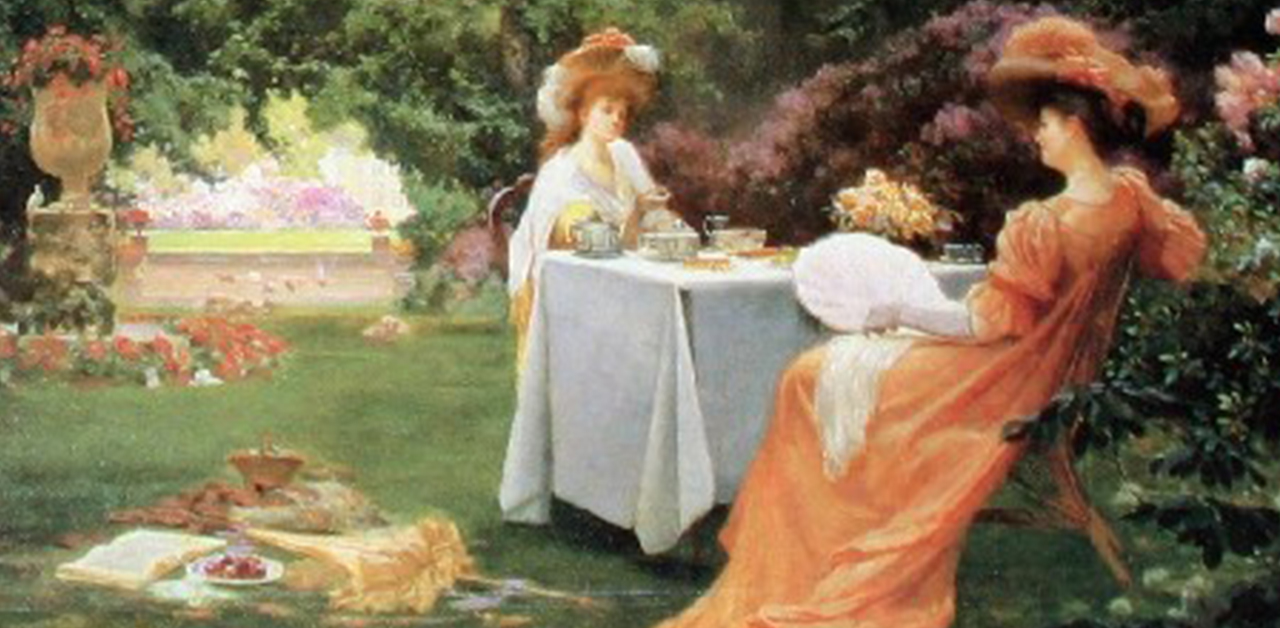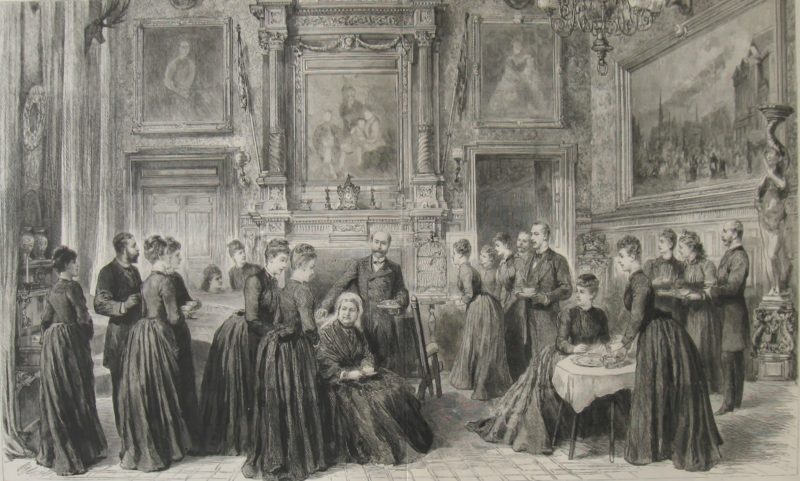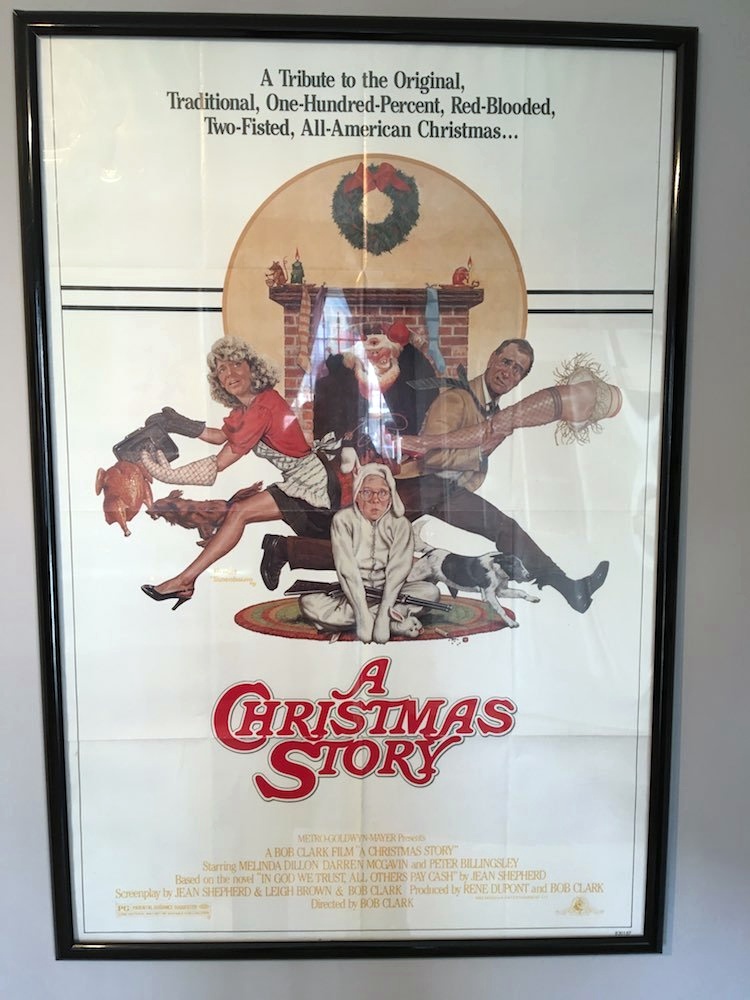Roots of the Tea Leaf

According to legend, Shen Nong, Emperor of China, was visiting a far-flung region of his realm in 2737 B.C. At one stop, some dried leaves from a nearby plant fell into water that was boiling, as was required before drinking at the time. The steeping leaves created a brownish liquid that the emperor found to have an interesting, refreshing flavor. (A History of Tea Time)
The tea leaf found its way to Europe through Portugal in 1560, but it was so expensive! It took more than 100 years for the cost to come down far enough to become commercially viable. Dutch innkeepers were the first to serve it hot to their restaurant patrons at their garden tables.
The delicious leaf first reached England in the 1650s. When Catharine of Braganza of Portugal wed Charles II in 1662, she became England’s first tea-drinking queen. She would often invite friends to indulge in a cup, which to helped increase its popularity.
By the early 1717s, the leafy brew was so popular that Thomas Twining turned his coffee house (into which ladies were forbidden to enter) into a tea shop. Ladies flocked to this new type of shop. When Richard Twining, chairman of the Tea Dealers’ Guild persuaded the government to reduce the import tax on tea in 1784, it became affordable to the masses for the first time. (A History of Tea Time) It wasn’t long before tea became the England’s beverage of choice.
The tea leaf made its way across the Pond when it became available in the Colonies in 1690. The trade was centered in Boston, New York, and Philadelphia. The first tea gardens soon opened in New York. The most famous, Tea Springs, was located at Roosevelt and Chatham Streets.
19th Century Traditions

With only two formal meals to the day, Anna, the 7th Duchess of Bedford, was looking for a way to stave off hunger. She is credited with instituting the afternoon tea in the early 1800s. It was so much more than a mere cup of tea. Sandwiches, small cakes, and sweets were also on the menu. (Tea Traditions) It didn’t take long for afternoon tea to become a tradition in most English households and usually occurred around 4 or 5 p.m. The finest day gowns were worn by both the hosts and guests of afternoon teas.
What would you wear to a Victorian Tea? Recollections has a variety of beautiful calico print dresses from which to choose.
“Tea was forbidden to the young Princess Victoria. Her governess refused her to take tea at all. When she became Queen in 1837, one of the first things she did was to order a cup of tea.” (Tea Traditions)
Open-air restaurants called tea gardens became popular. Ladies and men could mingle in public, walking along the flowered walkways and arbors. They could also enjoy tea and all of its trimmings.
Fun fact: Because the tables in tea gardens were so far away from the kitchen, the beverage would often be cold by the time it arrived. Small locked boxes inscribed with T.I.P.S. (To Insure Prompt Service) were placed on each table. Patrons would drop a coin into the box if they wanted their waiter to arrive while it was still warm! (Tea Traditions) The tradition of tipping waitstaff continues to this day.
High Tea and Low Tea
You would think that high tea would be some aristocratic endeavor while low tea would be something that took place in the homes of commoners. But, that would be completely wrong! Low tea “was served in the homes of wealthy aristocrats and consisted of simple gourmet tidbits rather than regular meals… the emphasis was on the presentation and conversation. For the middle and lower classes, High Tea was considered the main meal of the day and featured meats, vegetables, and naturally, tea.” (A History of Tea Time)
– Donna Klein
Credits
“Tea Traditions~ The History Of Tea.” The Complete Victorian. N.p., n.d. Web. 29 June 2016.
“Victorian Tea Parties – the History of the Tea Tradition!” Victorian Bazaar. N.p., n.d. Web. 29 June 2016.












Leave A Comment